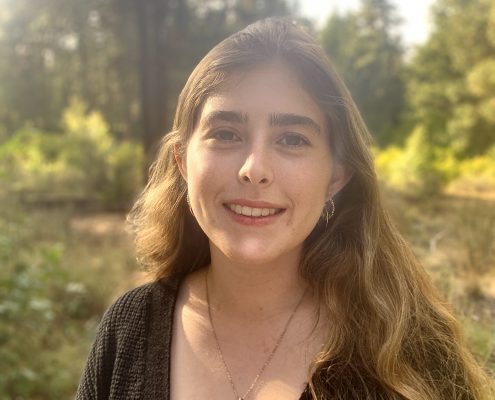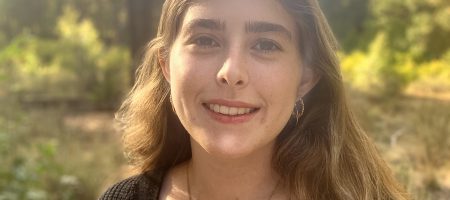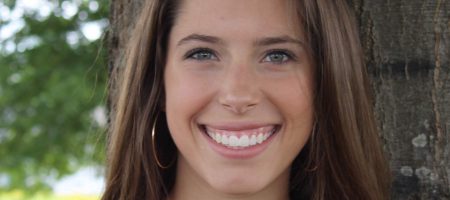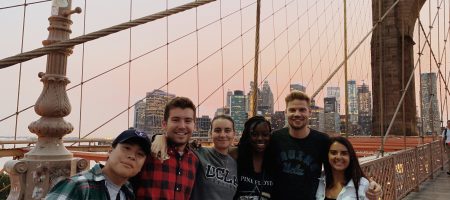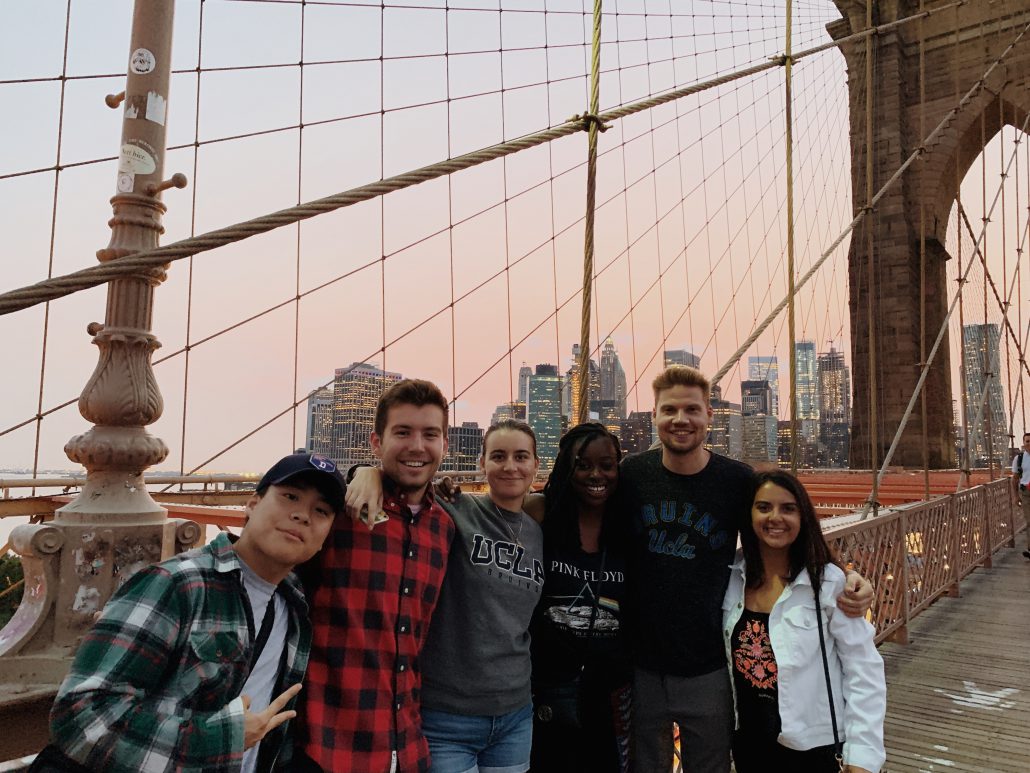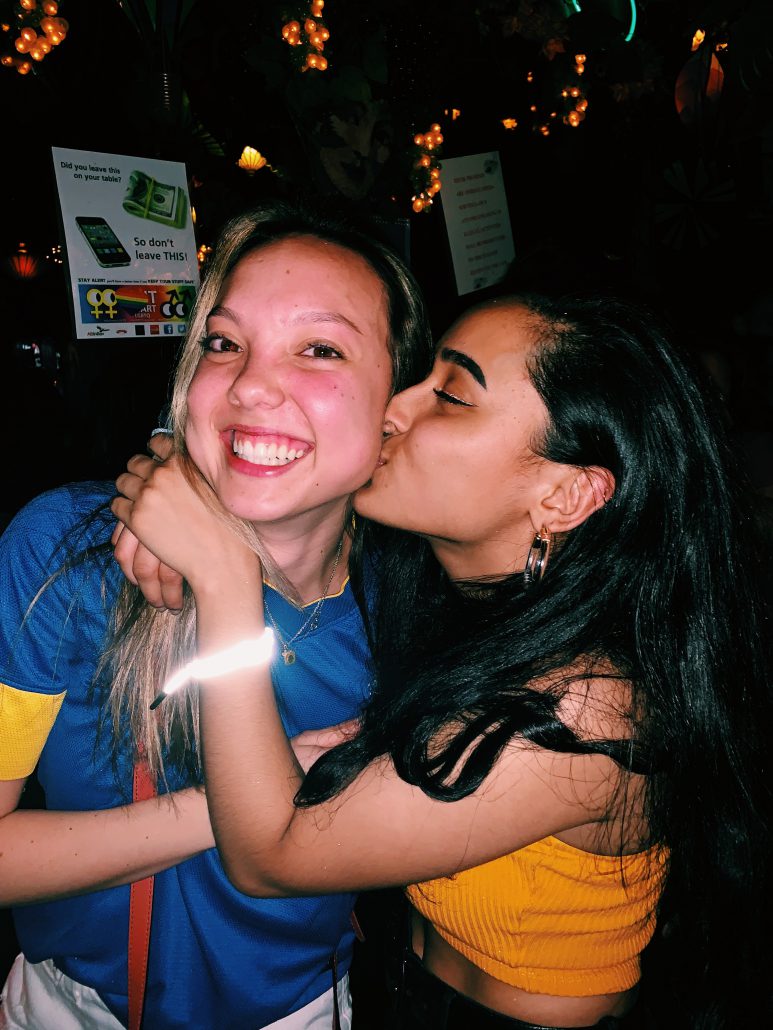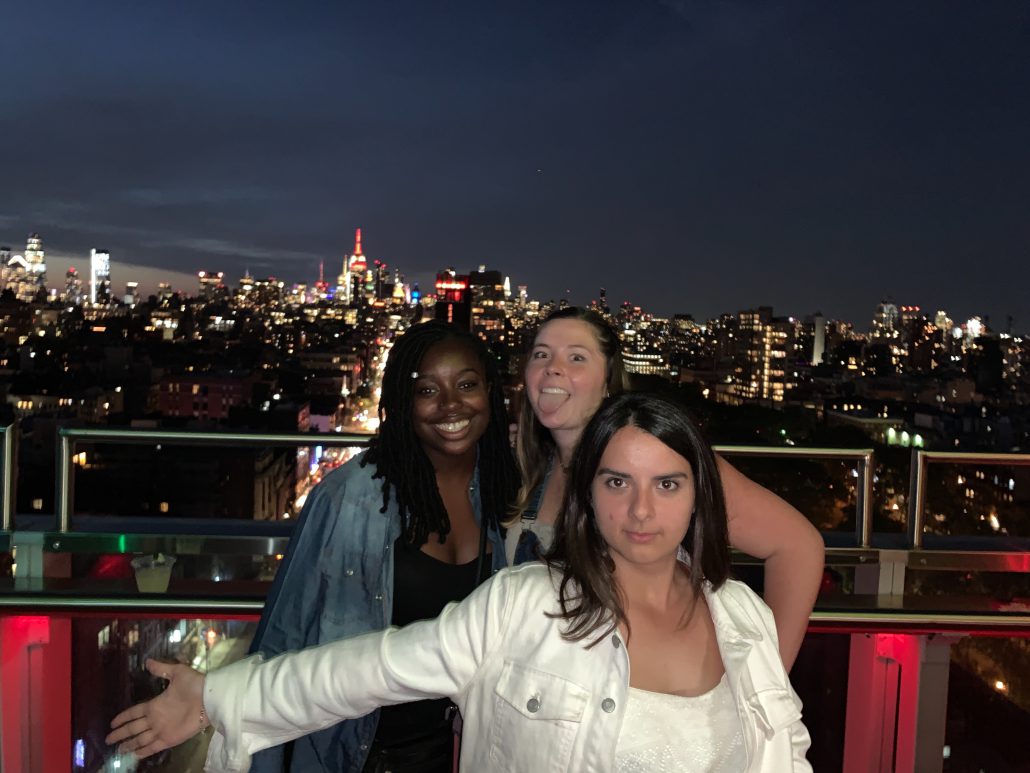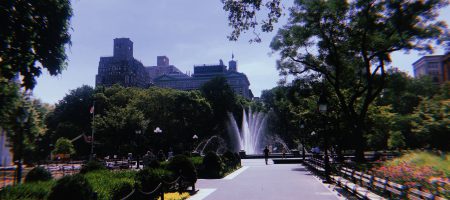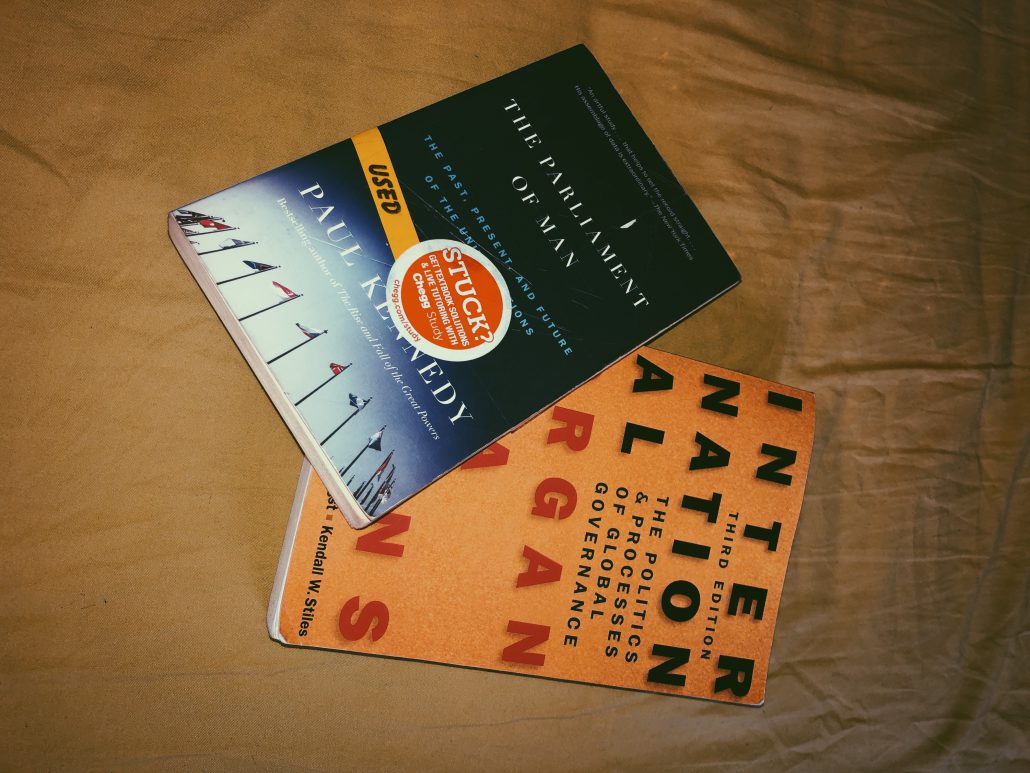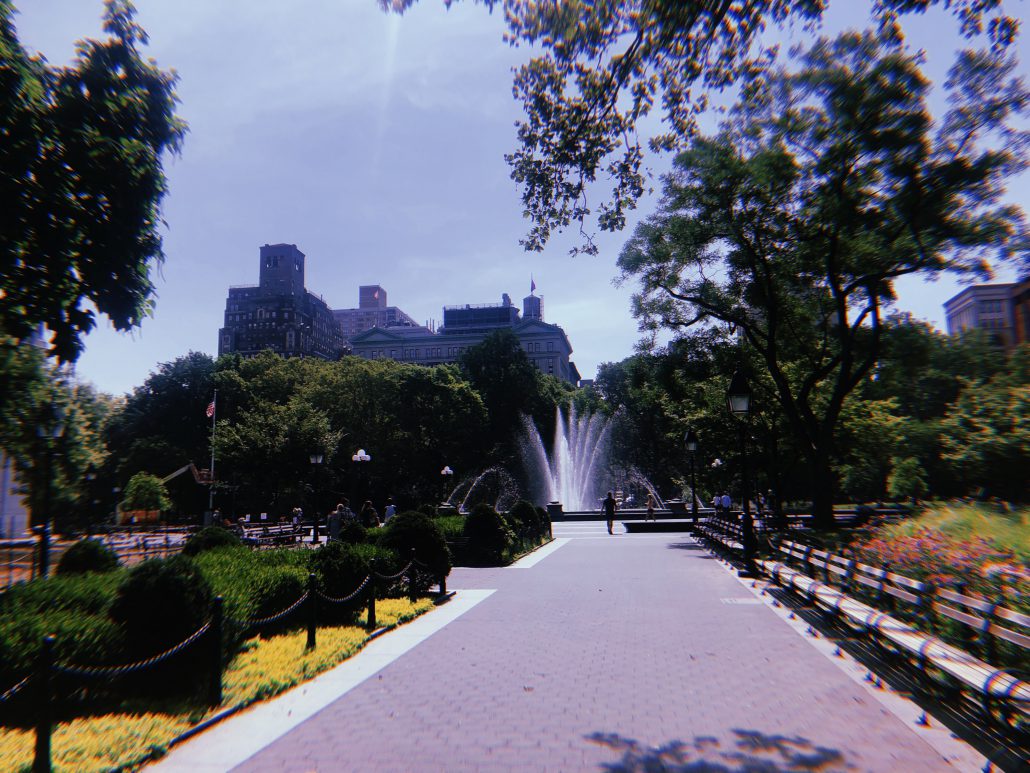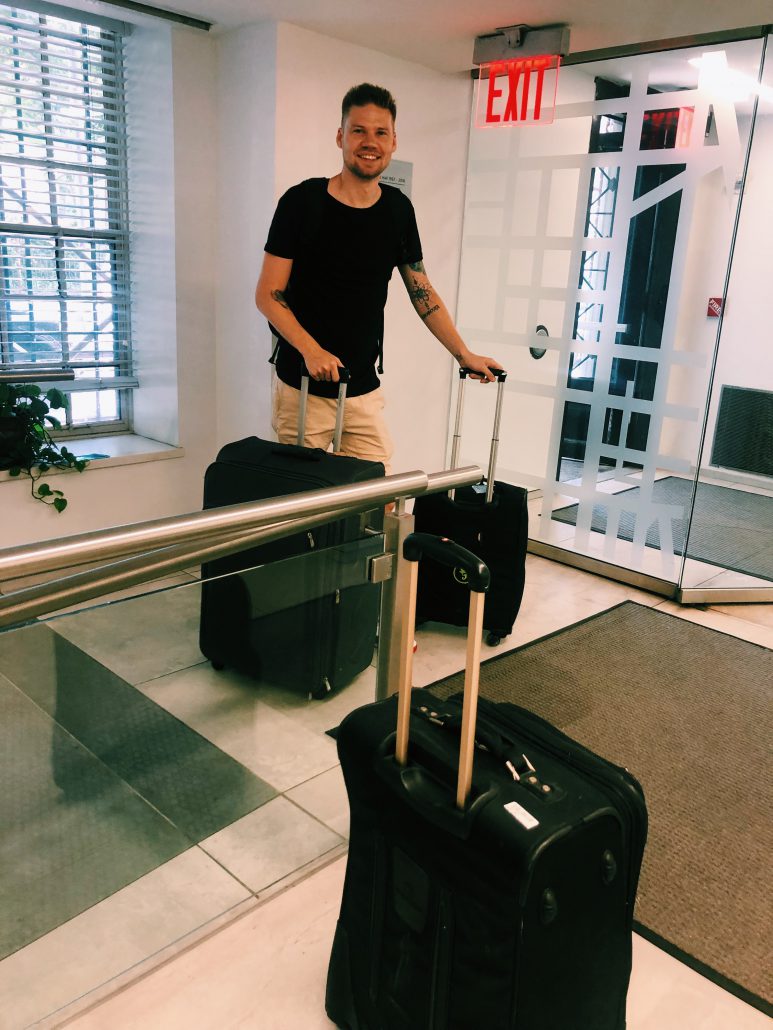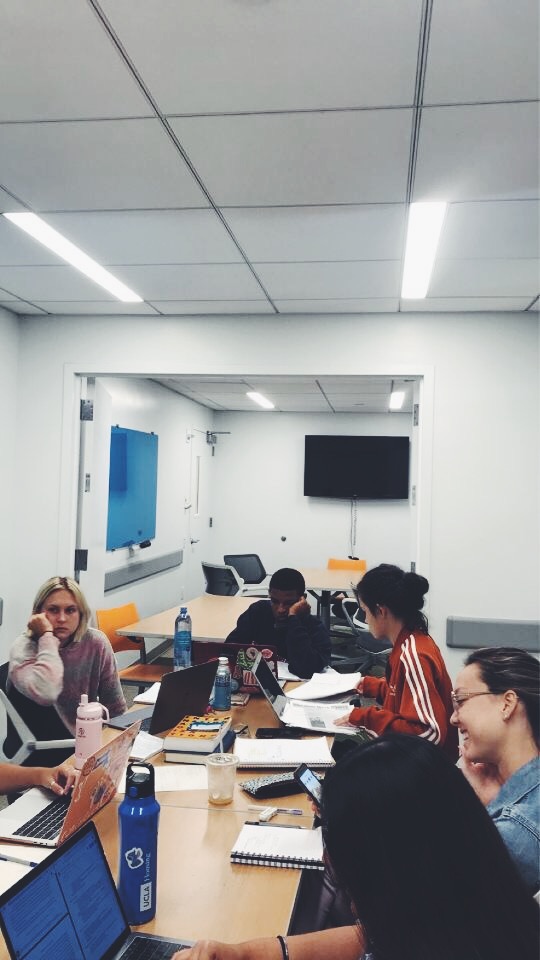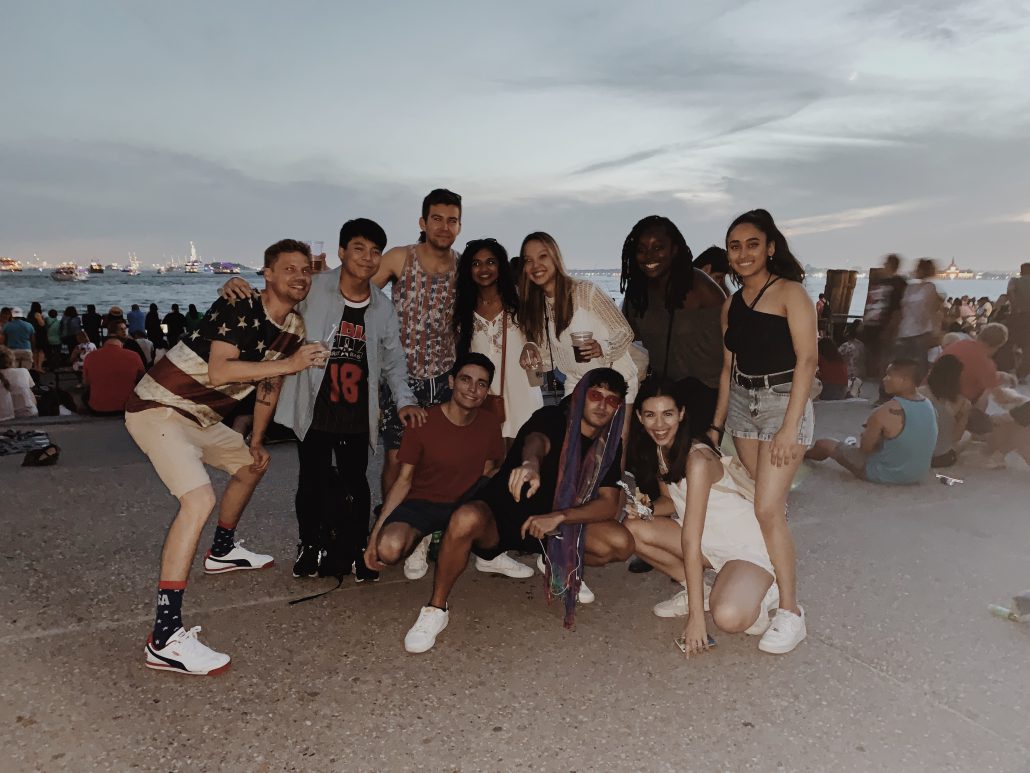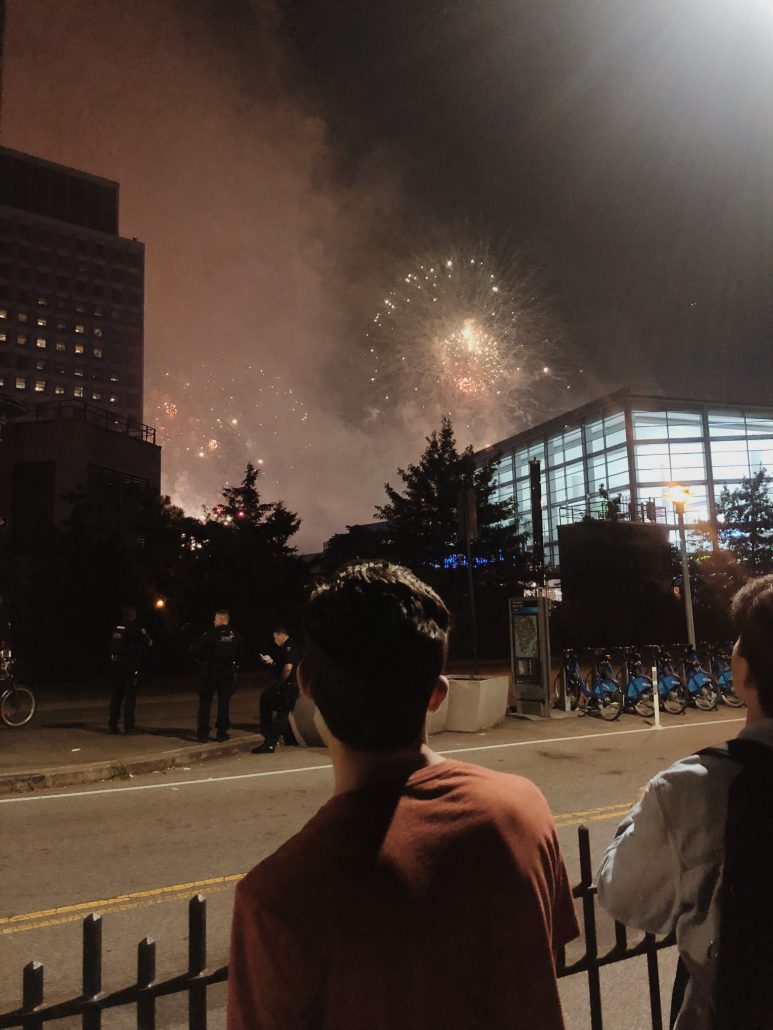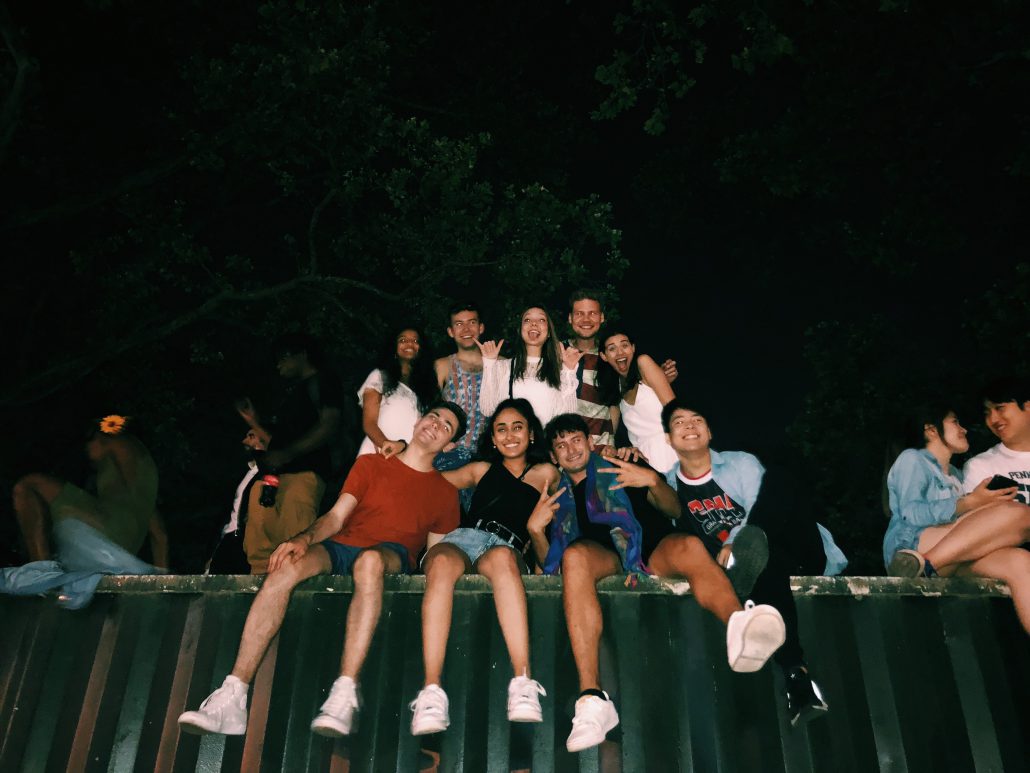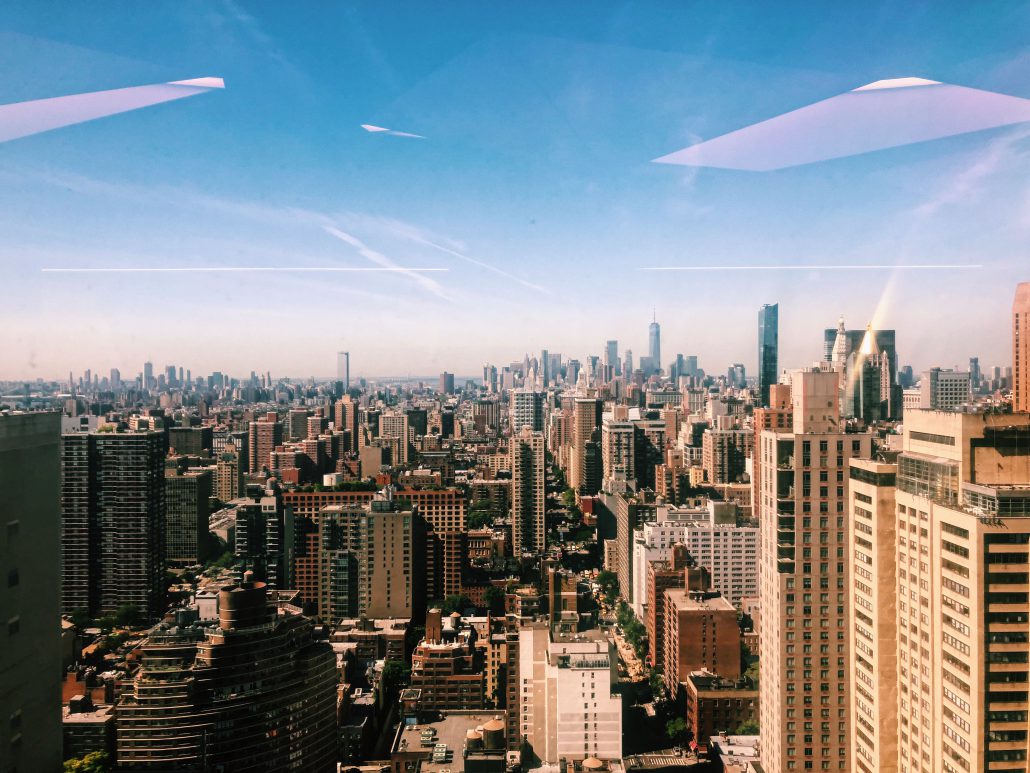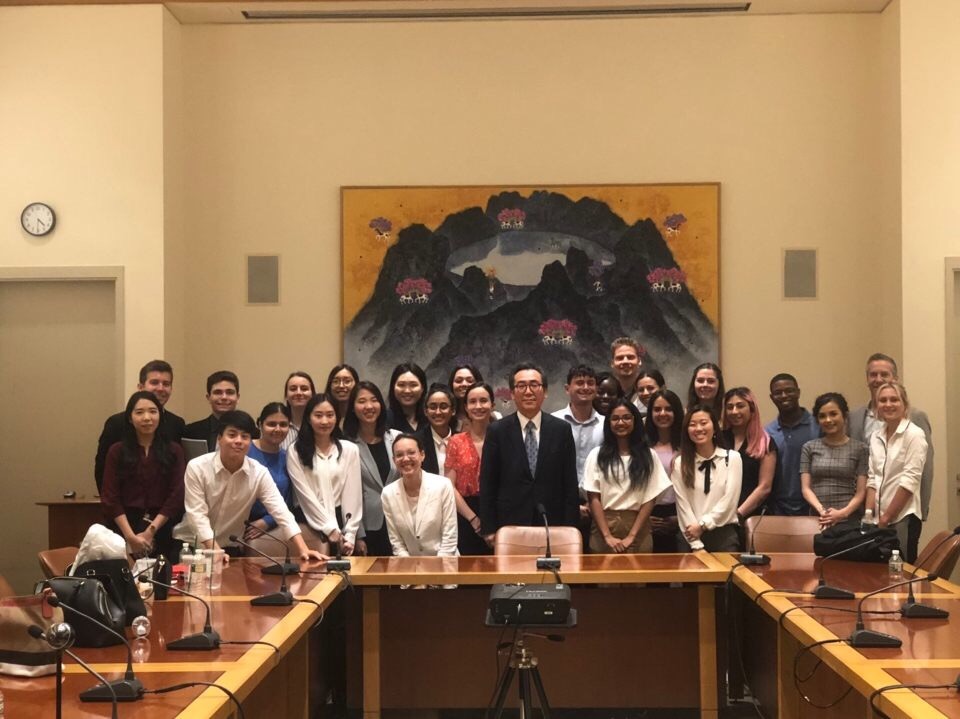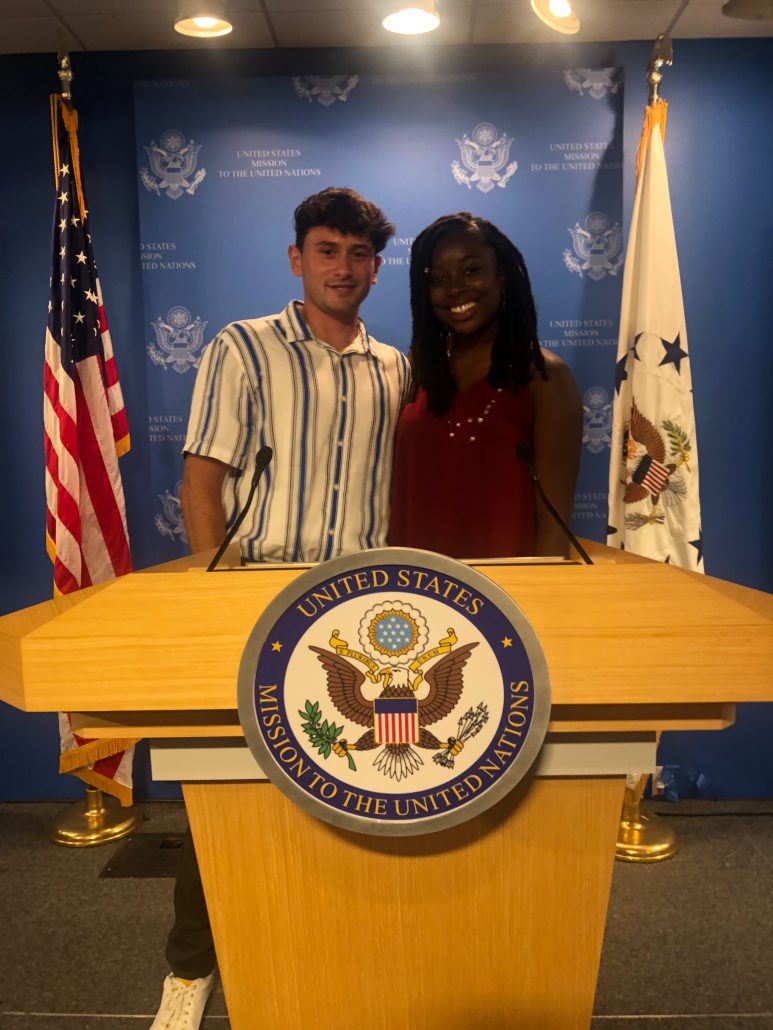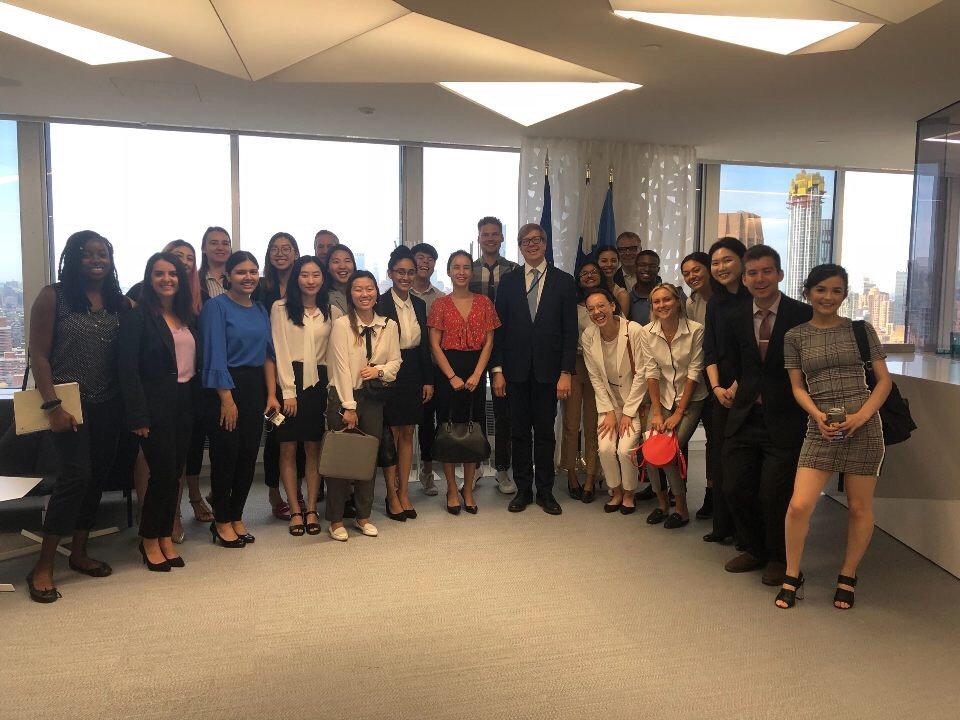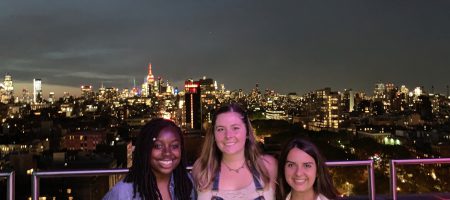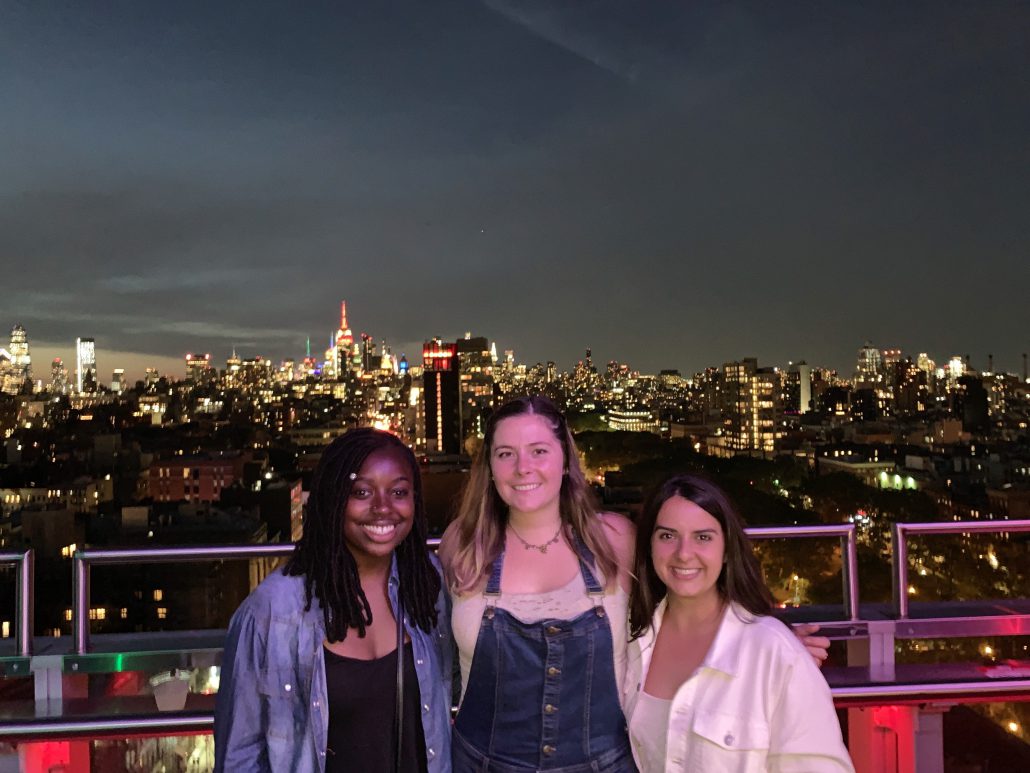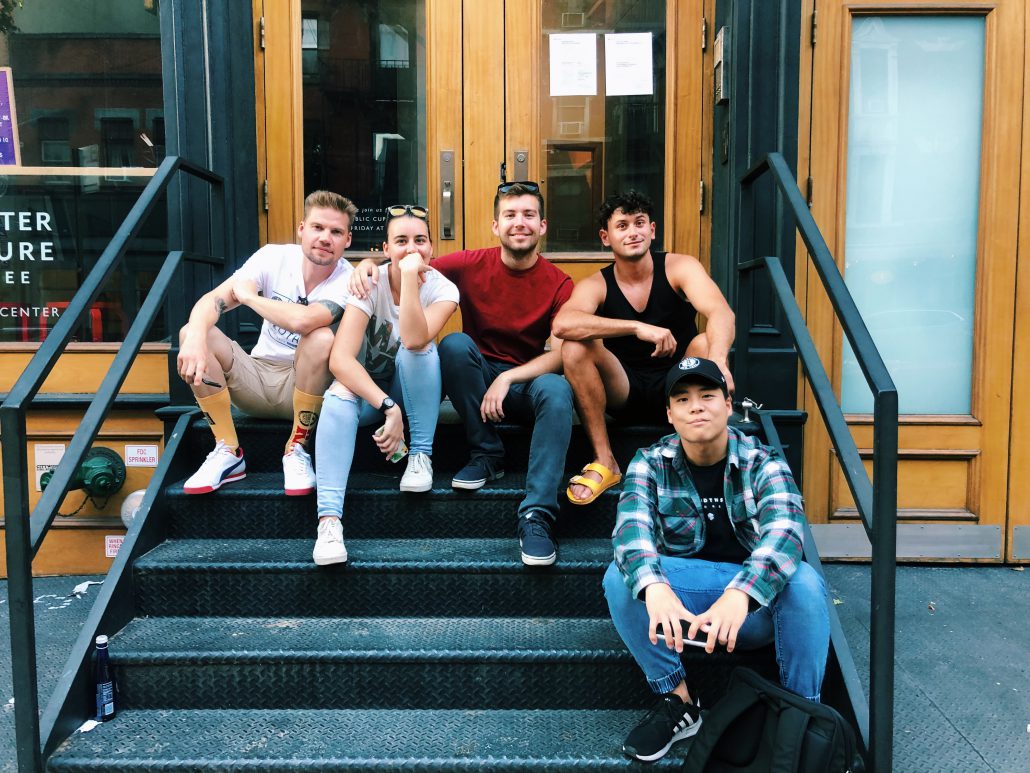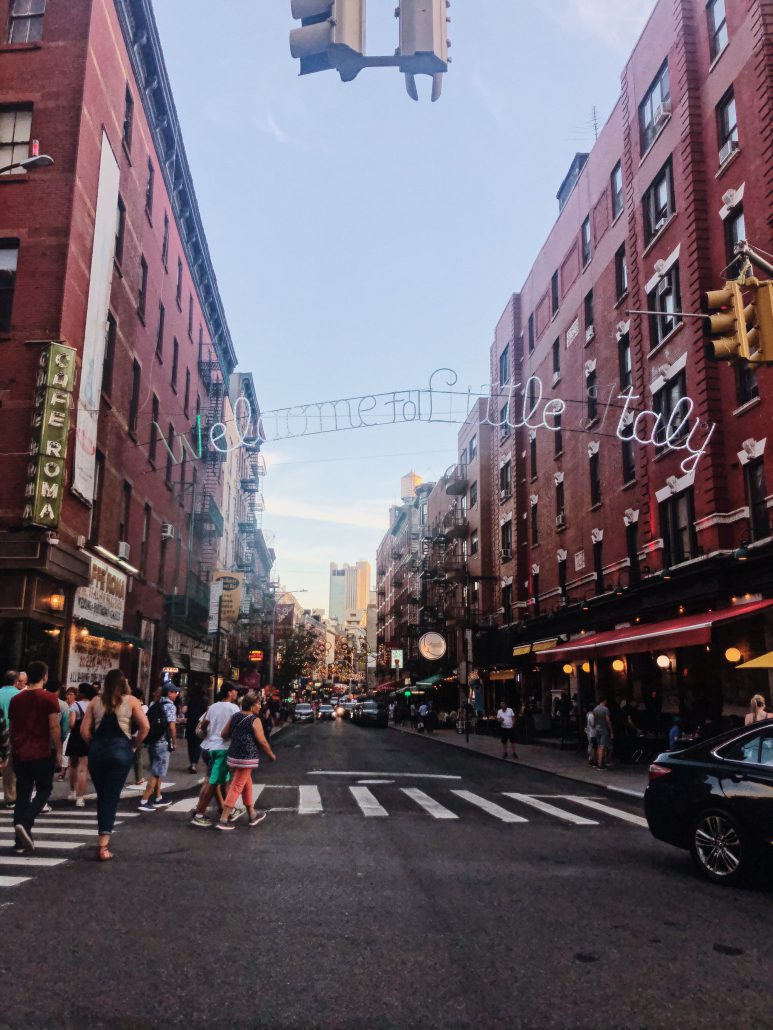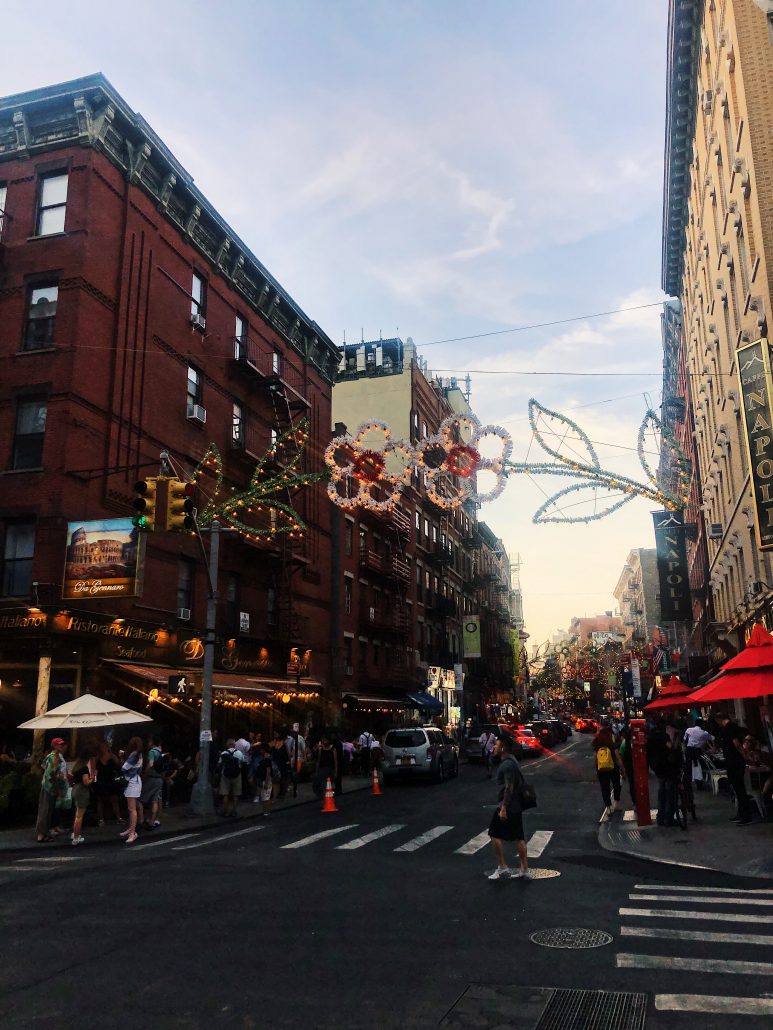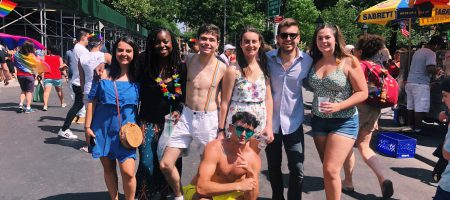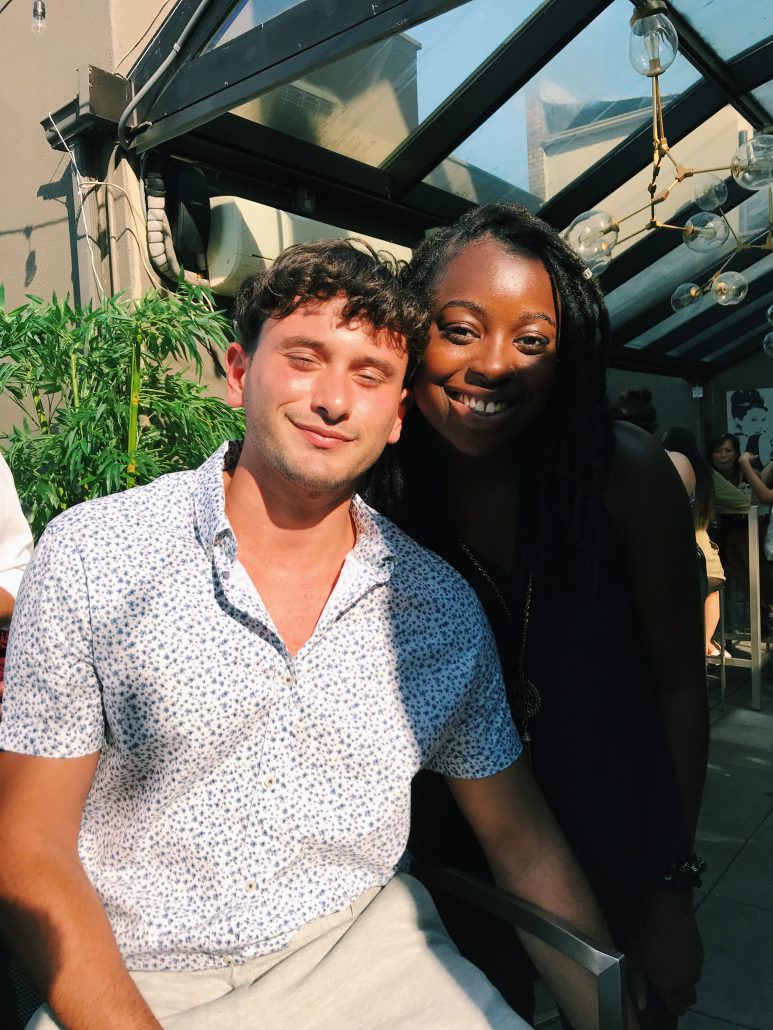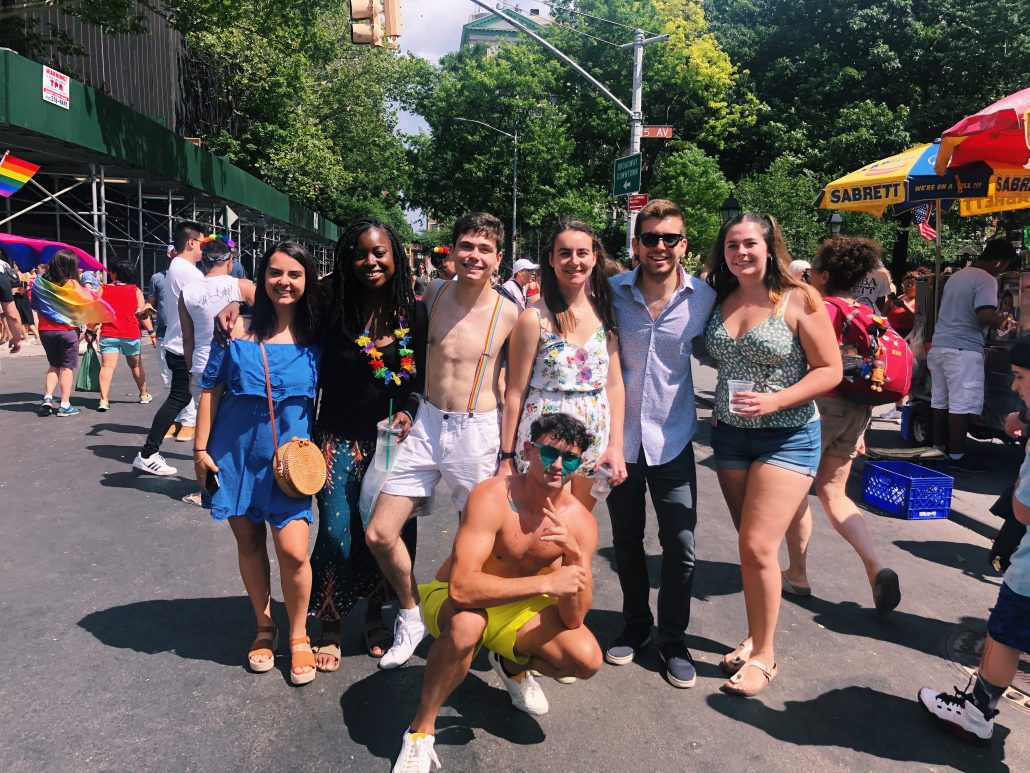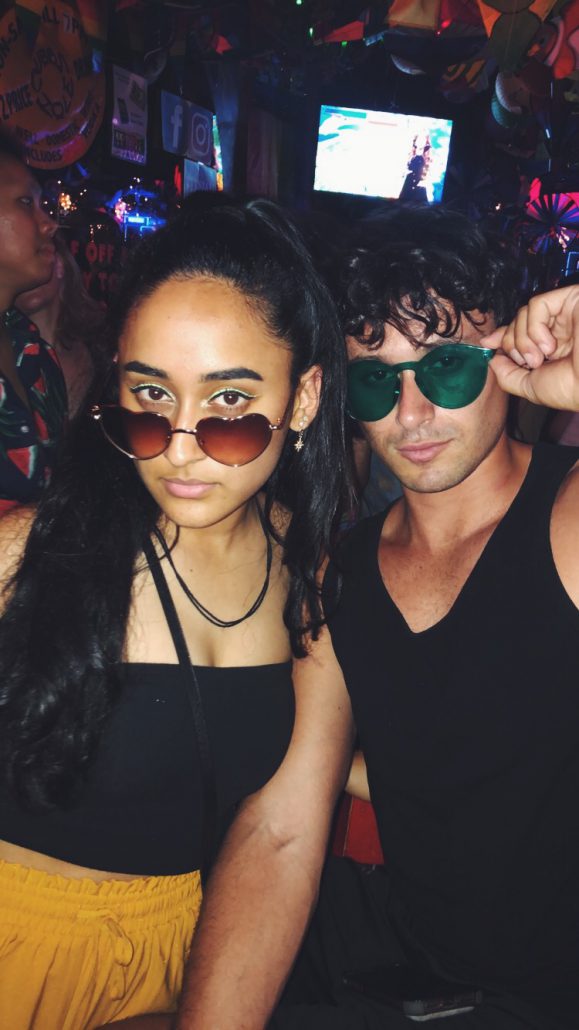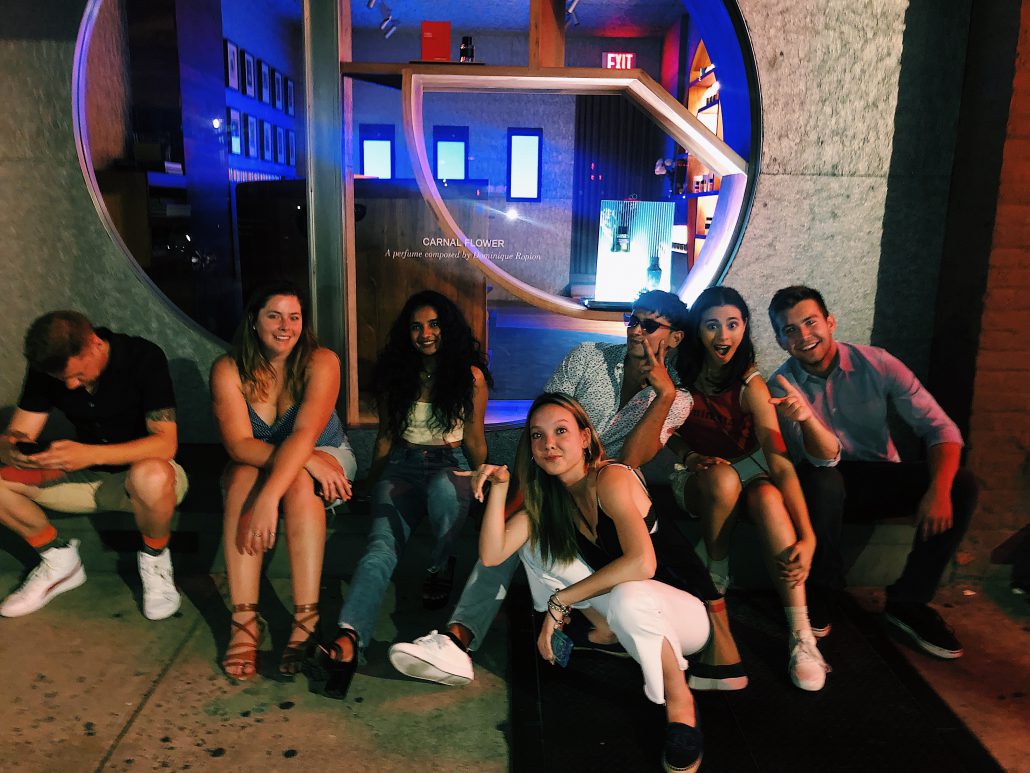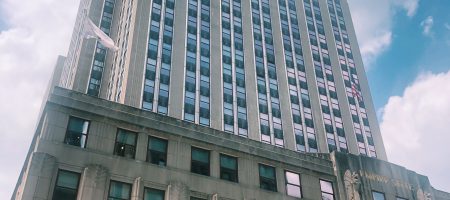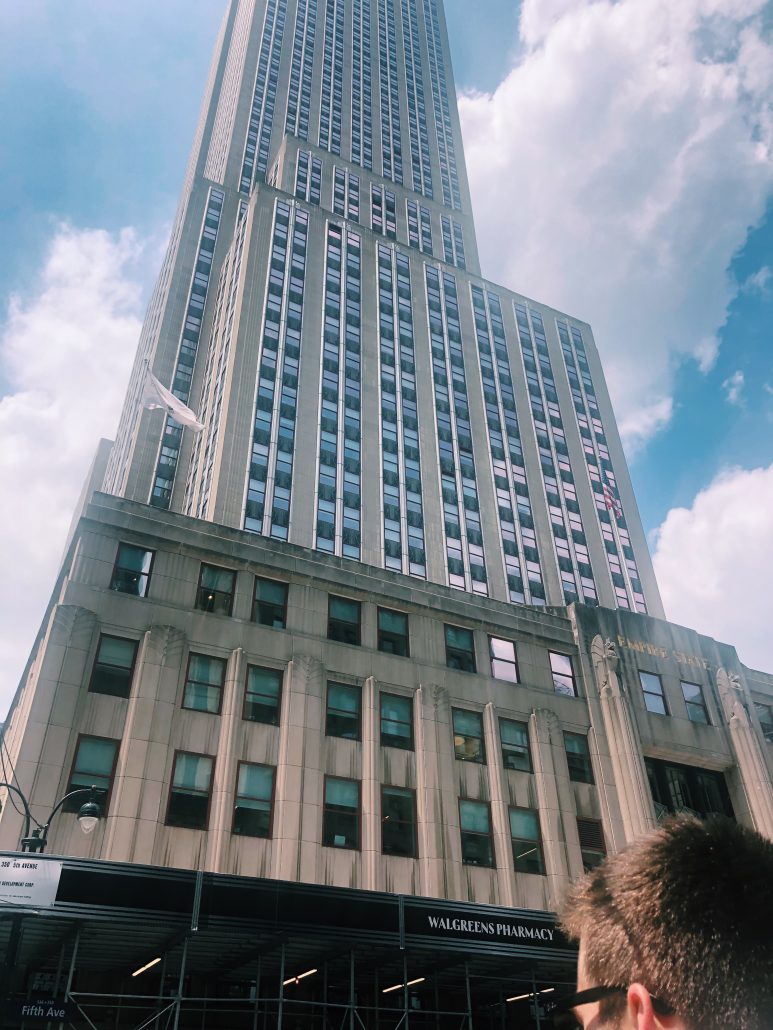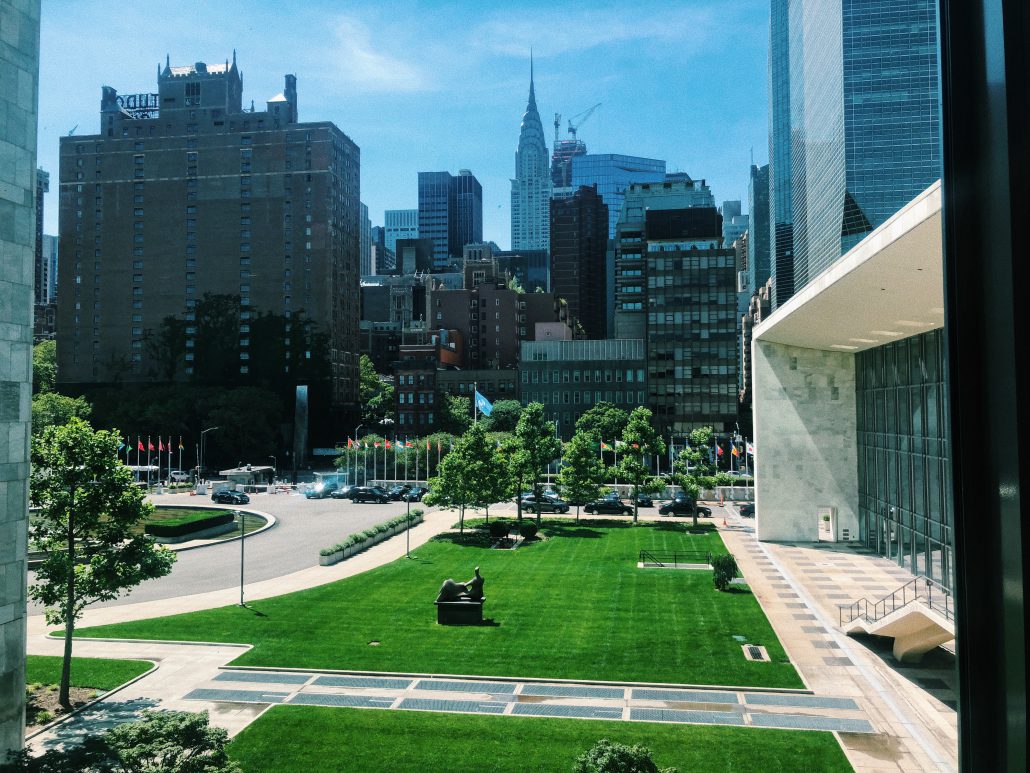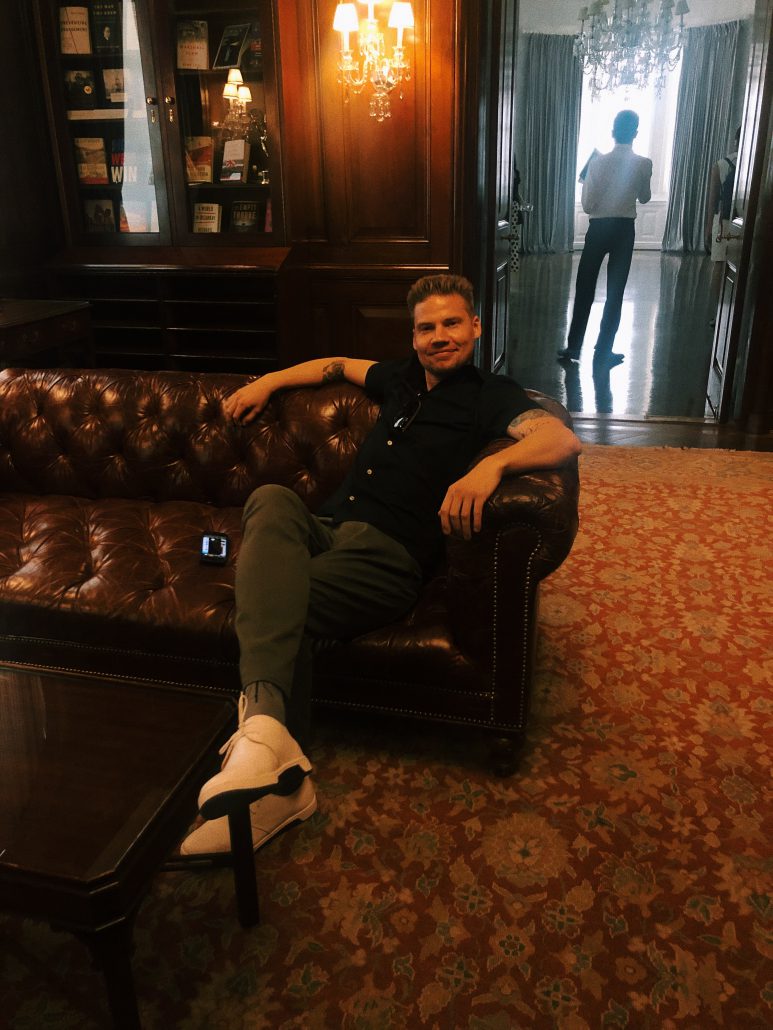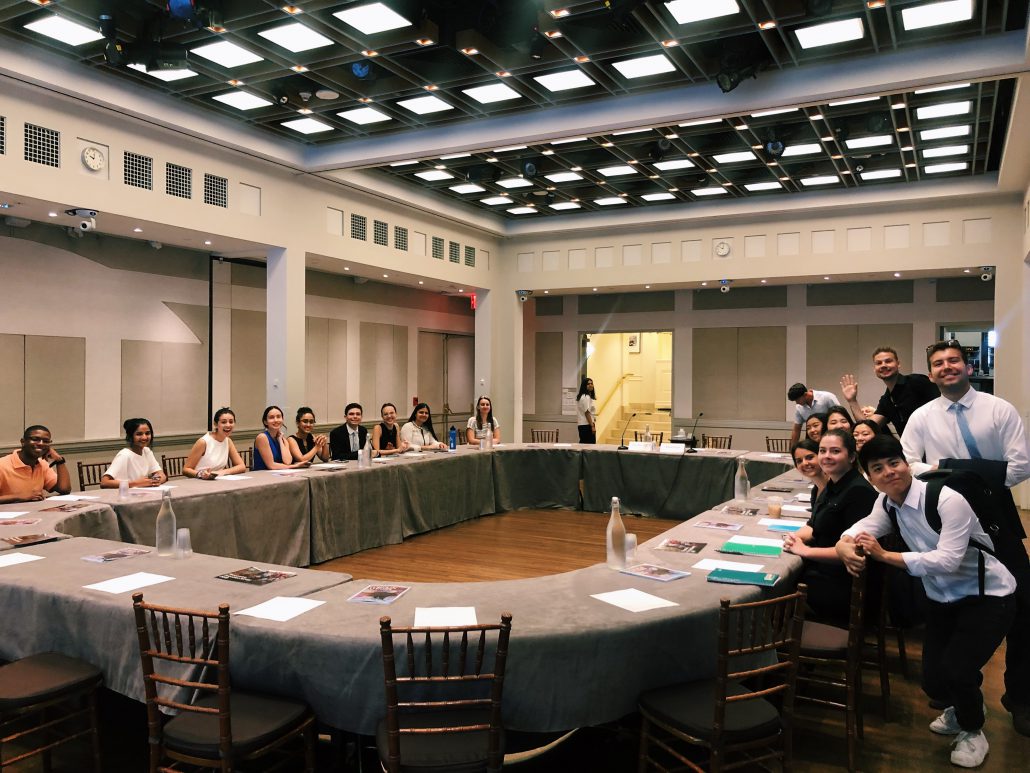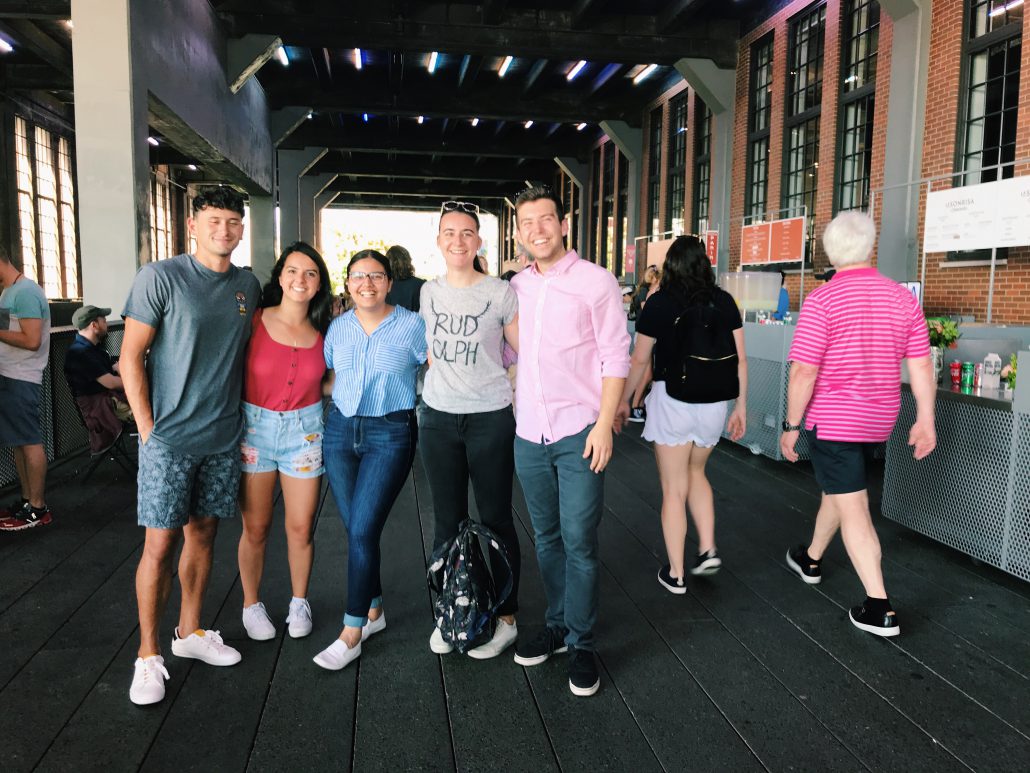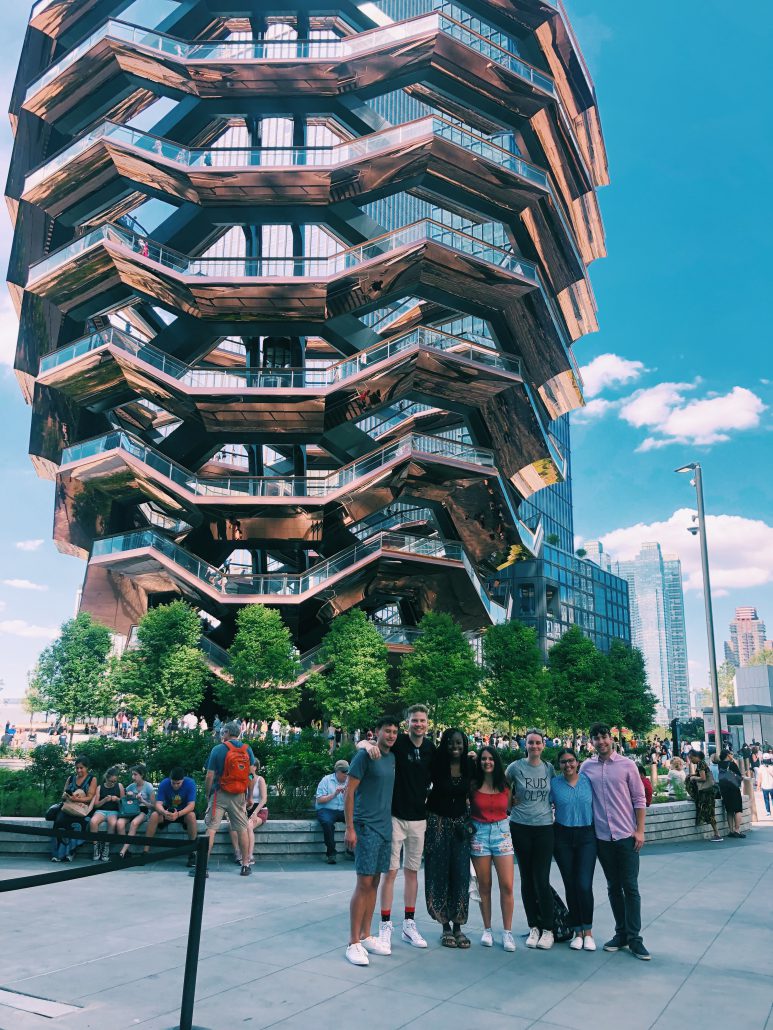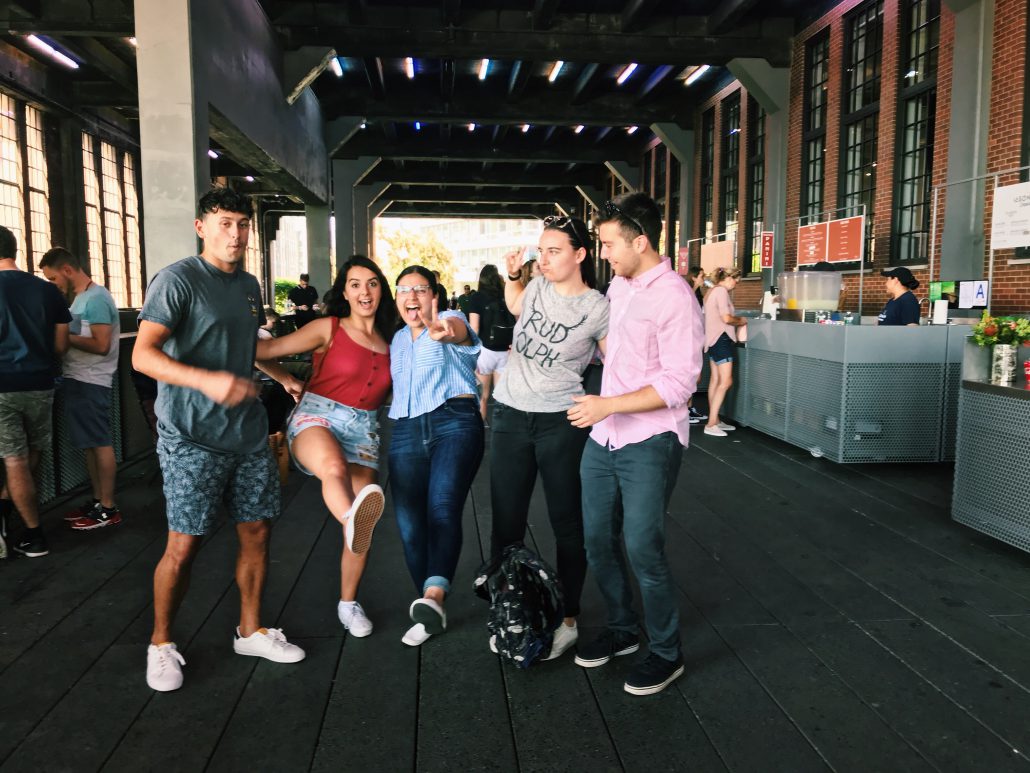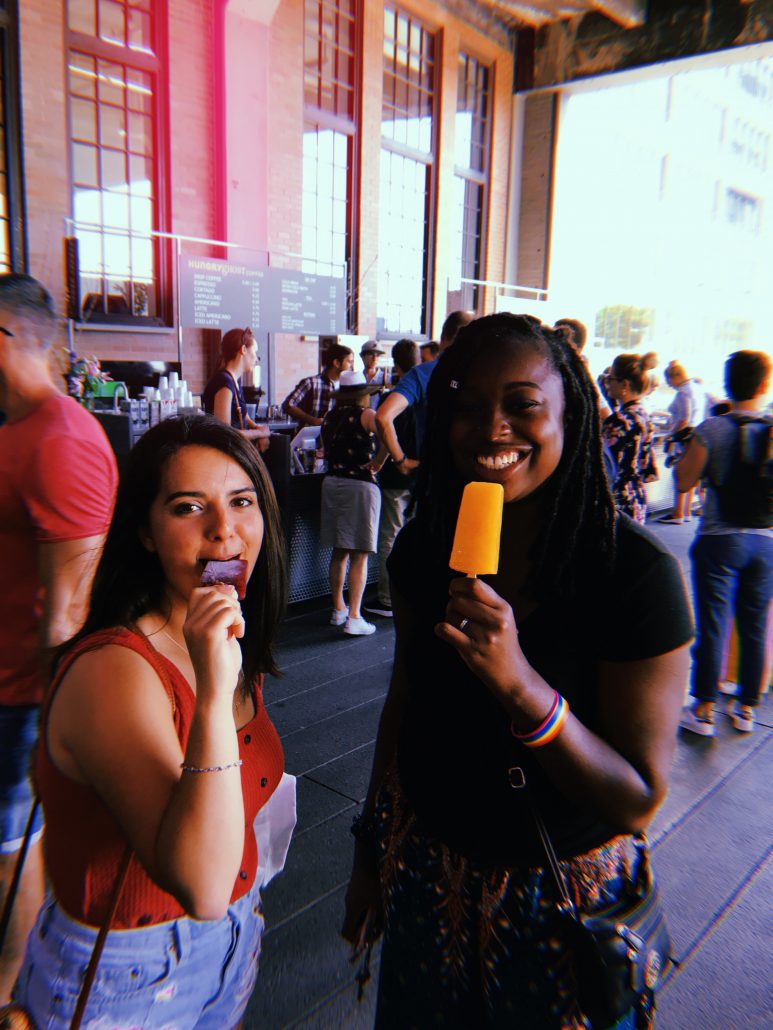Global Internships 2021: Shannon Courtney, Colombia (Virtual)
What did you learn during your UCLA Global Internship program?
My participation in the UCLA Global Internship program not only taught me the critical peacebuilding initiatives to combat armed conflict and violence in Colombia but also develop profound intercultural communication skills through class and peer discussions.
What was your favorite part of the program?
The opportunity to gain work experience in the global workplace, which will help me be a more competitive applicant in future career endeavors.
How do you think this internship program will help your future career?
My career aspiration is to work in foreign diplomacy, particularly in Latin America, so this internship experience with Somos CaPAZes via Intern Colombia has allowed me to develop better professional skills and cross-cultural participation with international peacebuilders.
How did interning abroad compare to other internships or jobs you’ve had? What made your internship unique or memorable?
This first-time experience interning abroad was incredibly memorable because I was able to help international actors in geopolitics and creating substantial change in Colombian communities while developing my Spanish skills and Latin American historical and socioeconomic knowledge.
What advice would you give future students who want to participate in the Global Internship Program?
Be a self-starter during your internship. Ask what is needed and be proactive. It will make your experience worthwhile, help you gain connections with supervisors and teammates, and develop strong intercultural work skills.
